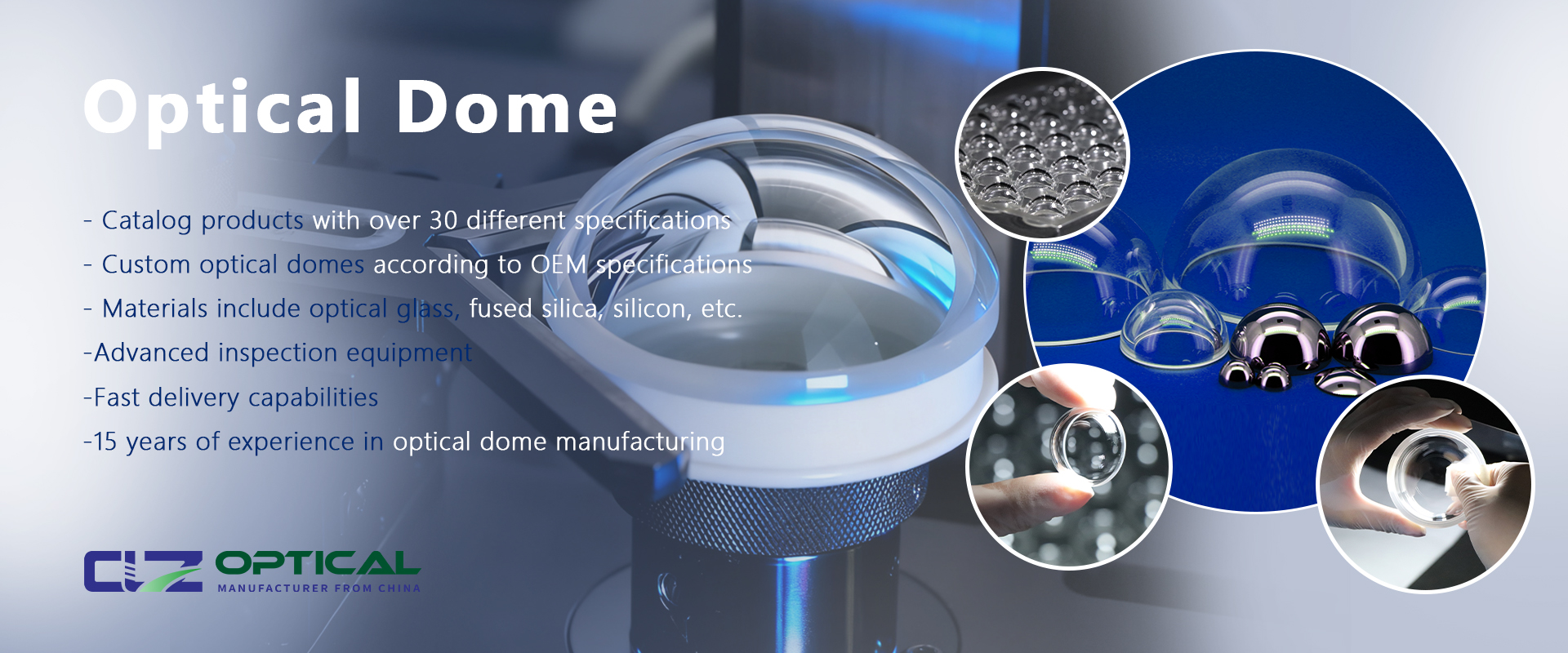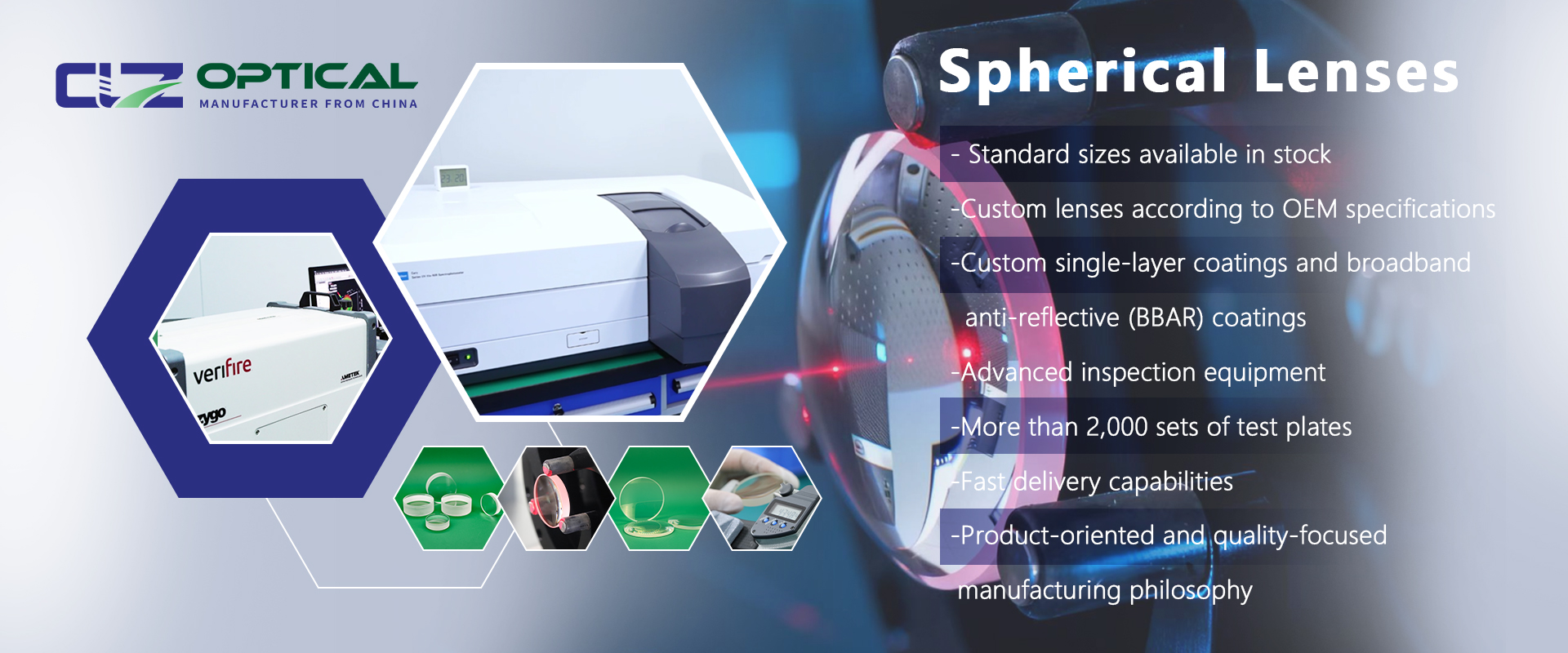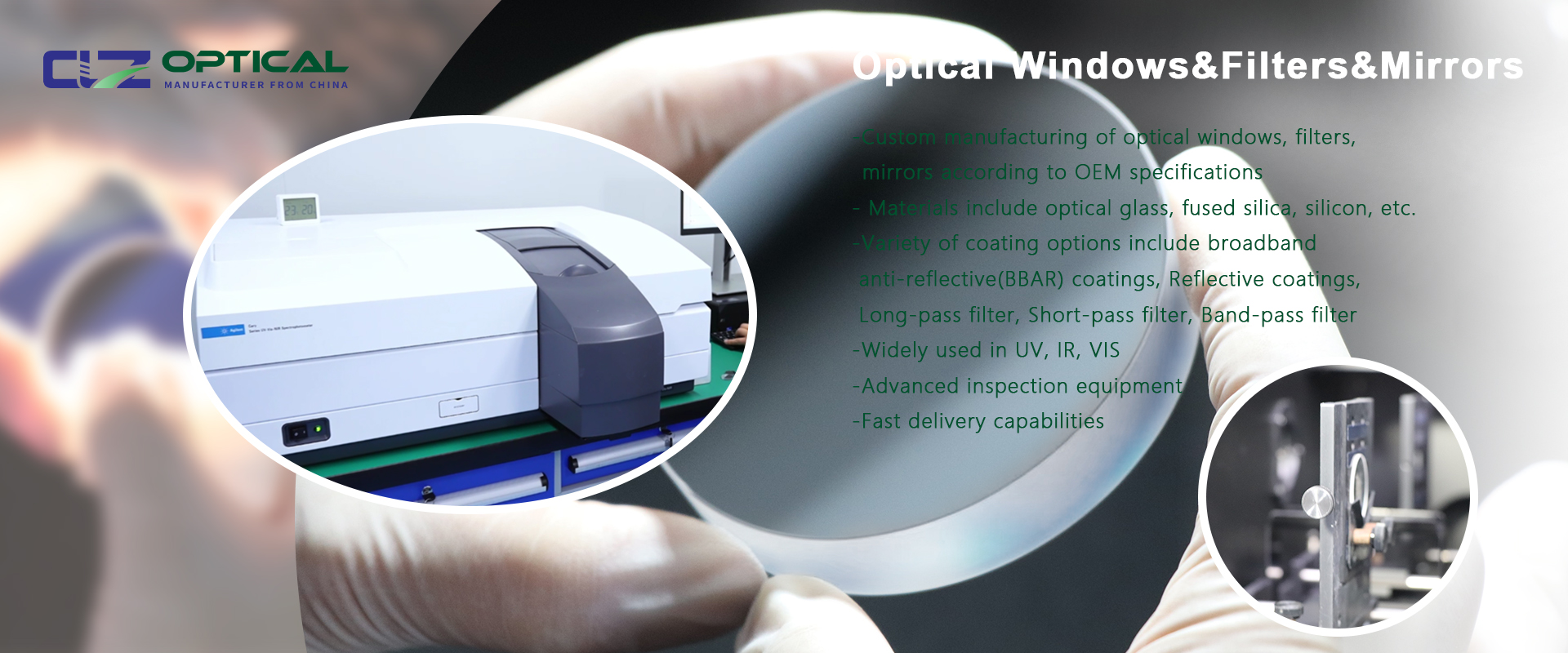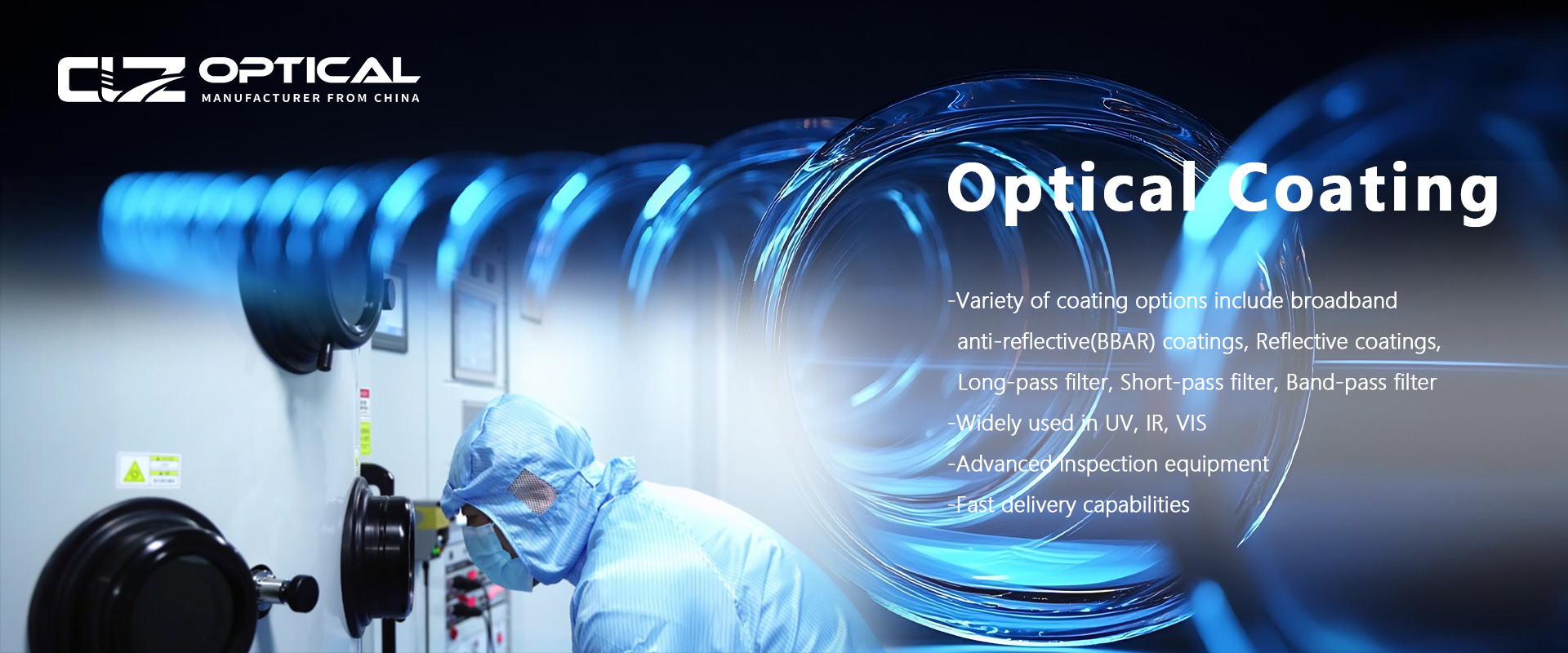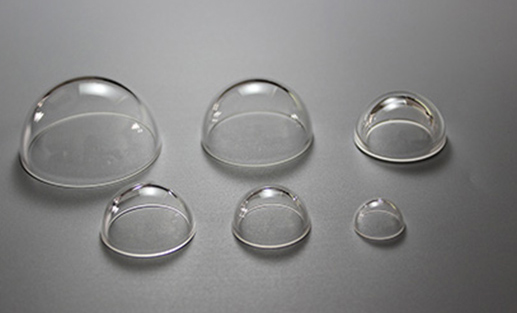What Is the Difference Between Fused Silica and Quartz?
Apr. 04, 2023
Fused silica and quartz are both materials that are commonly used in various applications due to their unique properties. Although they are often used interchangeably, there are some distinct differences between the two.
Quartz is a naturally occurring mineral that is composed of silicon and oxygen atoms in a continuous framework of SiO4 silicon–oxygen tetrahedra. It is the second most abundant mineral on Earth's crust and has a wide range of applications, from jewelry to electronics. Quartz is also commonly used in the production of glass due to its high melting point and low coefficient of thermal expansion.
Fused silica is a synthetic material that is produced by melting pure silica at extremely high temperatures (above 2000°C) and then cooling it rapidly. It is a non-crystalline silica glass and is made from either pure silicon gas or non-crystalline silica sand. Fused silica is the purest form of glass, offering high transmission in the UV spectrum.
One of the main differences between fused silica and quartz is their purity. Fused silica is typically much more pure than quartz, with impurities typically less than 50 parts per million (ppm), while quartz can have impurities of up to 500 ppm or more. This makes fused silica more suitable for applications where purity is critical, such as in the production of semiconductors.
Another difference between fused silica and quartz is their thermal properties. Fused silica has a very low coefficient of thermal expansion, which means it does not expand or contract much when exposed to temperature changes. This makes it an ideal material for use in high-temperature applications, such as furnace tubes and crucibles. Quartz, on the other hand, has a higher coefficient of thermal expansion, which can cause it to crack or break when exposed to rapid temperature changes.
Fused silica also has a higher melting point than quartz. Fused silica can withstand temperatures of up to 1650°C, while quartz has a melting point of around 1670°C. This makes fused silica a better material for use in high-temperature applications.
In terms of optical properties, both fused silica and quartz are transparent to a wide range of wavelengths, from ultraviolet to infrared. However, fused silica has a slightly higher refractive index than quartz, which can affect the way light is transmitted through the material. Fused silica also has a lower fluorescence than quartz, which makes it more suitable for use in applications that require low background fluorescence, such as in spectroscopy.
Finally, there is also a difference in the way fused silica and quartz are processed. Fused silica is typically produced using a process known as the hydrolysis of silicon tetrachloride (SiCl4), while quartz is usually mined and then processed using various techniques, such as crushing, grinding, and washing. This makes fused silica a more expensive material than quartz.
In summary, fused silica and quartz are both useful materials with unique properties. Fused silica is a synthetic material that is extremely pure and has a low coefficient of thermal expansion, high melting point, and low fluorescence, making it ideal for high-temperature and high-purity applications. Quartz, on the other hand, is a naturally occurring mineral that has a higher coefficient of thermal expansion and is less pure than fused silica. It is commonly used in the production of glass, and also has various other applications, including in electronics, optics, and construction.
If you want to know more about fused silica materials, please contact us to provide you with professional answers.












